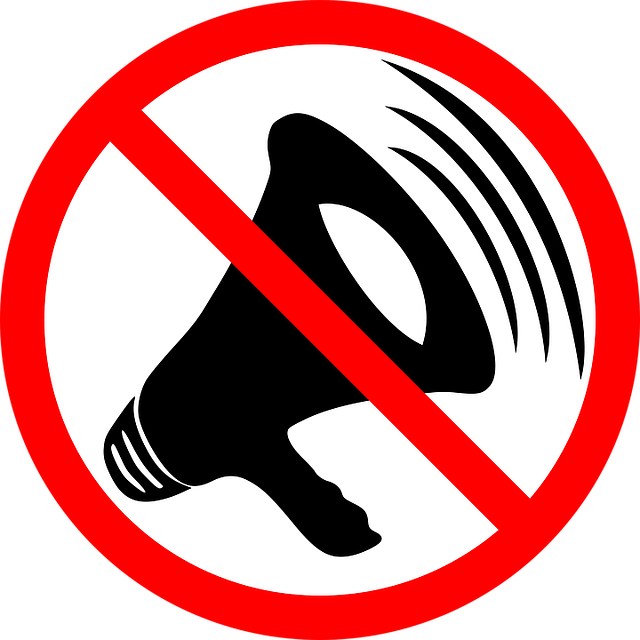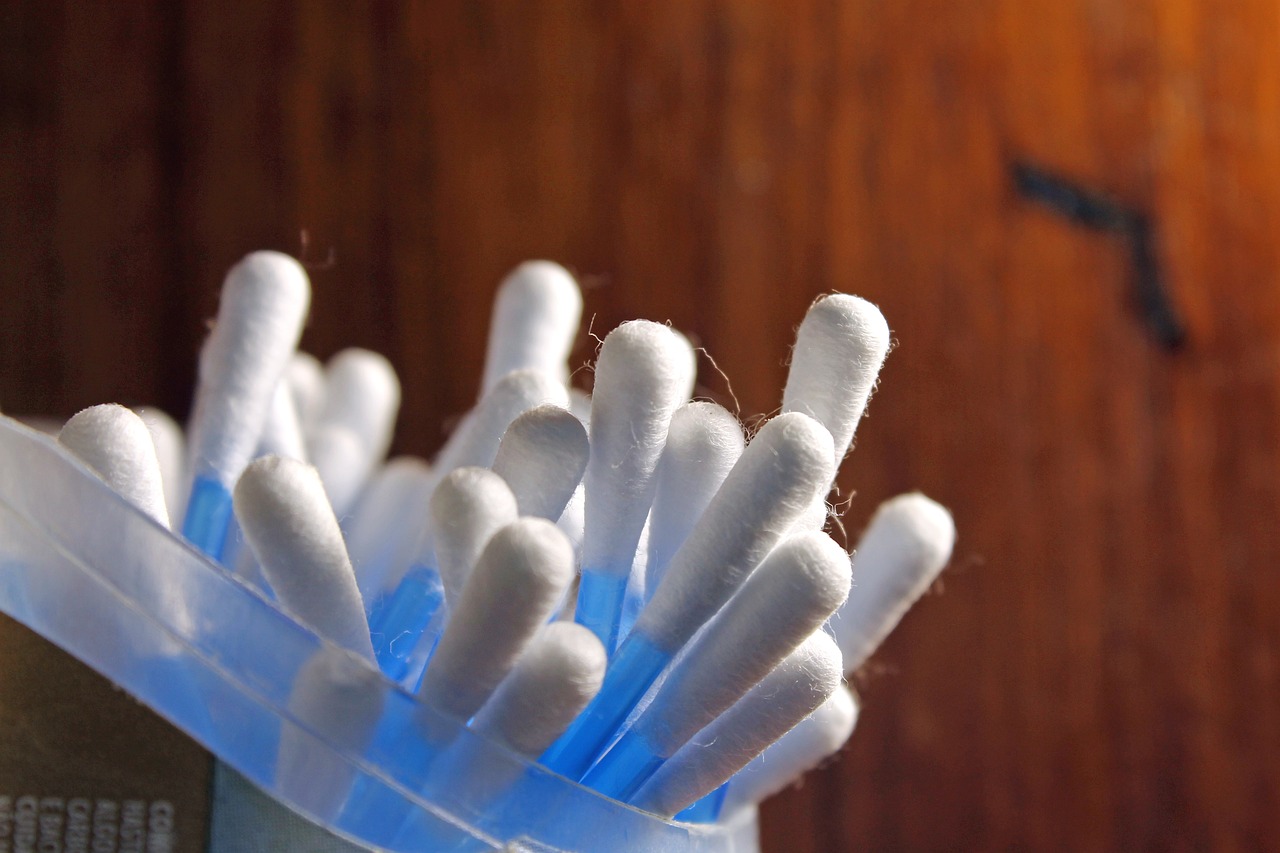In today's world, noise pollution is an ever-growing concern, affecting our daily lives and, unfortunately, our hearing. From the hustle and bustle of city streets to the constant hum of machinery in the workplace, noise can take a significant toll on our auditory health. This is where noise cancelling hearing aids come into play, offering a solution for those seeking to protect their hearing and enhance their listening experience.
Noise Cancelling in Hearing Aids

Software

NearSync
Remote Device Management

Nearify
Free Noise Cancelling App
Why Are Noise Cancelling Features in Hearing Aids So Important?
Noise cancelling capabilities in hearing aids are vital for users who often find themselves in noisy environments. These features allow individuals to focus on conversations and other important sounds by reducing unwanted background noise. This not only makes social interactions smoother but also enhances overall communication and quality of life. Without effective noise cancelling, background sounds can overwhelm the hearing aid's ability to amplify desired noises, making daily activities and social engagements more challenging.

How Do Noise Reduction Technologies in Hearing Aids Work?
To better optimize the user' s auditory experience, many modern hearing aids are equipped with a noise reduction mode. With this mode, people with hearing loss can hear clearly in various environments, from tranquil homes to bustling restaurants or windy outdoors. The noise reduction mode of hearing aids typically includes several techniques and functions:
-
Active Noise Cancellation (ANC): Uses microphones to capture environmental noise and cancels it out with opposing sound waves, reducing the impact of background noise on hearing.
-
Digital Signal Processing (DSP): Processes sound signals with advanced algorithms to reduce background noise while enhancing and clarifying speech.
-
Environmental Noise Classification: Automatically adjusts noise reduction strategies based on different noise environments (e.g., wind, traffic) to provide the best hearing experience.
-
Adaptive Noise Control: Continuously monitors environmental noise levels and dynamically adjusts the noise reduction settings in response to changes.
-
Directional Microphones: Utilizes multiple microphones to focus on sounds coming from the front while minimizing noise from the sides or behind.
What Is Noise-induced Hearing Loss?
While noise cancelling technology significantly enhances hearing in noisy environments, it's important to address the root cause of why such technology is necessary: noise-induced hearing loss (NIHL).
NIHL occurs when prolonged or intense exposure to loud noises damages the hair cells in the inner ear, which are crucial for translating sound vibrations into signals for the brain. This damage can lead to permanent hearing loss, making it vital to understand and mitigate the effects of excessive noise on hearing health.

What Types of Noise May Cause Noise-Induced Hearing Loss?
Noise-induced hearing loss (NIHL) is caused by damage to the delicate structures of the inner ear due to exposure to loud or intense sounds. Loud noises can cause hair cells in the inner ear to bend or break, leading to permanent hearing loss. Unlike some other cells in the body, hair cells do not regenerate once damaged.
|
Loud Noise |
Prolonged or sudden exposure to loud noises, such as those from concerts, construction sites, or loud machinery, can lead to hearing damage or loss. The risk is greater if the noise exceeds 85 decibels (dB). |
|
High-Frequency Noise |
Noise with high frequencies (such as those produced by alarms or certain types of machinery) can be particularly damaging to the hair cells responsible for detecting high-frequency sounds. |
|
Continuous Noise |
Persistent exposure to continuous noise, like that from traffic or industrial equipment, can cause gradual hearing loss over time. |
|
Impulsive Noise |
Sudden, brief bursts of noise, such as gunshots or fireworks, can cause immediate and severe hearing damage, often referred to as acoustic trauma. |
|
Tinnitus-Inducing Noise |
Certain types of noise can trigger or worsen tinnitus, a condition characterized by ringing or buzzing in the ears. This includes exposure to very loud or continuous noises. |
|
Environmental Noise |
Urban environments with high levels of ambient noise can contribute to hearing loss over time, especially if individuals are frequently exposed to noisy settings without proper hearing protection. |
|
Workplace Noise |
Jobs involving exposure to loud machinery or equipment, such as in manufacturing or construction, can pose a risk to hearing if appropriate protective measures are not used. |
Tips for Hearing Better in Noise
- Position Yourself Strategically: Try to position yourself so that the person you're speaking with is facing you directly, and there are fewer background noises or distractions. This allows you to use visual cues, such as lip reading and facial expressions, to aid understanding, all of which can help you hear better in noise.
- Reduce Background Noise: If possible, turn down the volume of any loud music or machinery around you, or sit away from sources of noise, such as air conditioners or busy areas, and opt for quieter spots.
- Focus on the Conversation: Pay close attention to the person speaking and try to focus on their voice. Avoid distractions and background noise as much as possible.
- Try Technological Aids: Modern hearing aids often feature noise reduction technologies that help filter out background noise and enhance speech clarity, providing a better hearing experience even in noisy environments. Assistive listening devices, such as FM systems, can also be useful. These systems use a microphone worn by the speaker and a receiver worn by the listener to transmit sound directly, reducing background noise.
- Wear Earplugs or Earmuffs: In noisy environments, use earplugs or earmuffs to prevent further damage. Reduce exposure to loud environments whenever possible and take breaks from noisy settings. Protect your hearing is crucial
- Regular Hearing Checks: Visit a hearing healthcare professional regularly for hearing checks and advice on how to protect your ears. If visiting a professional isn’t immediately feasible, you can start with a free online hearing test to get a basic understanding of your hearing.
Choosing Hearing Aids with Noise Reduction
Many modern hearing aids incorporate noise reduction technology. This feature helps users hear conversations more clearly by minimizing background noise interference, thereby enhancing the overall auditory experience. The effectiveness of noise reduction technology varies between brands and models. When selecting a hearing aid, it's important to understand its noise reduction capabilities and choose the model that best suits your personal needs. For example, Nearity's HearPod Air, MDHearing's VOLT, and higher-end options like Phonak's AutoSense OS and Oticon's Opn S series offer varying levels of noise reduction.
Conclusion
Noise cancelling hearing aids are designed to minimize the impact of unwanted background noise, allowing users to focus on the sounds they want to hear while protecting their ears from harmful levels of sound. By reducing the overall noise load, these devices can help prevent further hearing loss and improve overall quality of life. In daily life, you still need to pay attention to the impact of noise on hearing and take protective measures, so that you can hear better in the noise.
Recommended Products

AI-Powered Noise Cancelling Hear Aids with FDA Cleared Trusted by Over 100K Customers All Over the World
Any question? Contact us now.
Subscribe to Keep Updated
You May Also Like

How to Reduce Background Noise: The Power of Hearing Aids with Noise Reduction

Essential Guide to Ear Cleaning Kits and Ear Wax Removal Tools

Verbal and Nonverbal Communication

